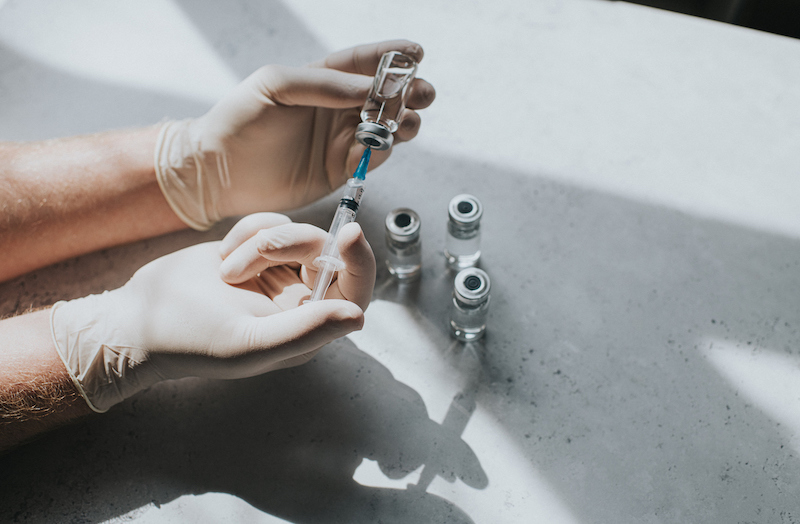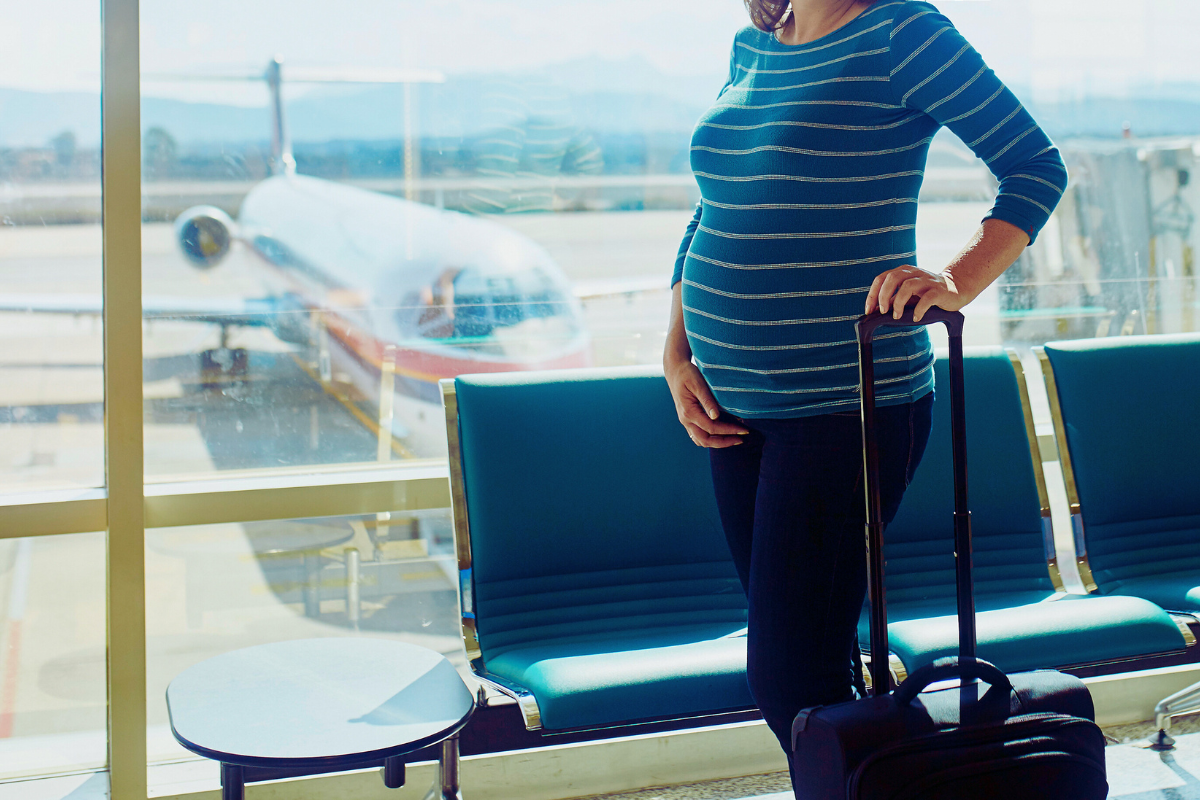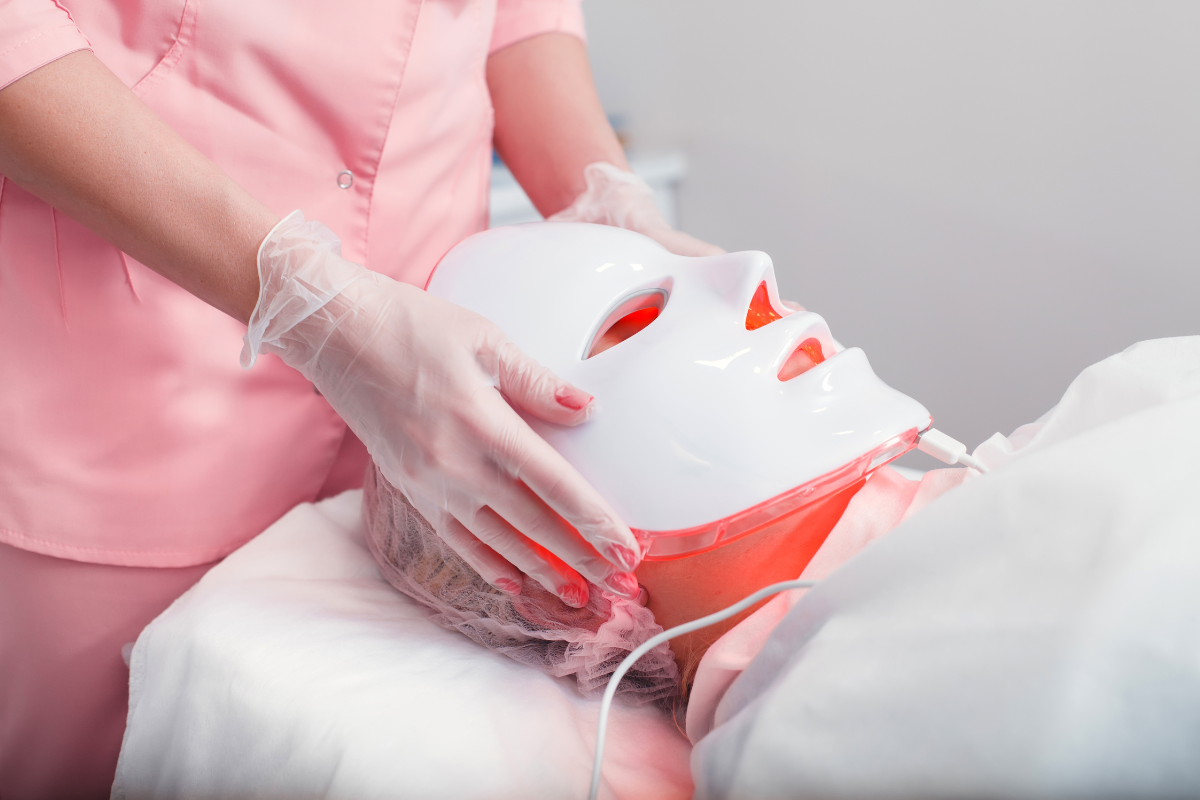Botox has grown significantly in popularity over the past few years. What was once associated with the over-40 crowd to address their wrinkles is now skewing younger and younger, billed as “preventative.” This rise in popularity means that more people are navigating cosmetic treatments while trying to conceive and through pregnancy and breastfeeding.
For the uninitiated, Botox is a brand name for botulinum toxin, a nerve toxin that causes muscle paralysis. This toxin can be lethal in high doses, but it’s commonly used in small doses for both medical and cosmetic purposes. On the medical side, uses include treatment for a variety of spastic muscle disorders, excessive sweating, and migraines. On the cosmetic side, Botox is typically used for facial wrinkles. Paralyzing some of the muscles in the face can smooth out wrinkles that develop in the upper half of the face. Botox injections last only three or four months, meaning if you want to keep the smooth forehead, it’s a regular engagement. And with a nine-month pregnancy or a nine-month pregnancy plus several months of breastfeeding, that’s a lot of appointments to miss.
The official line on Botox in pregnancy is that extra caution is warranted, and you should ask your doctor. This is not dissimilar to the official line on so many things regarding pregnancy, especially those like this, that seem … more optional. The tone is: “Well, since we don’t know for sure and you do not need Botox, best to forgo it.”
This type of attitude is, more or less, my inspiration for writing Expecting Better in the first place. Of course, if something were important for the health and development of my baby, I would do it. But too many of the restrictions in pregnancy take this excessively cautious tone, effectively putting infinite weight on any possible suggestion of risk for the baby and zero weight on the preferences of the mother.
You may not need Botox. But you may like it. It might be helpful in treating some medical conditions. Or you might just value the way it makes your face look. Either way, you want to make a decision about continuing its use based on actual risks, not on a recommendation for caution above all else.
So, without further ado, here is the data.
Can you use Botox while trying to conceive?
The concern with using Botox while trying to conceive is that because the Botox stays in your body, it could affect the fetus if you do get pregnant. As discussed more below, there is limited evidence for harm during pregnancy. If you think the harms during pregnancy are not present, then Botox use while trying to conceive would not pose a risk.
However, if you did want to avoid any exposure to Botox during pregnancy, it would be ideal to stop several months before trying to conceive. The half-life of Botox is about two months. Given the pregnancy evidence, this seems overly cautious, but individual decisions will differ.

Can you use Botox during pregnancy?
It is difficult to evaluate the risk of Botox in pregnancy because it is hard to measure whether it is transmitted to the fetus. The concern, in principle, is that the toxin could pass through the placenta and impact the baby.
There is not a lot of data on this. In pregnant mice, rats, and rabbits, there are negative fetal side effects with high doses of toxin, but these doses are also associated with maternal illness and death.
In people, we have small samples or case series. And they are uniformly reassuring. We have, for example, one study of 45 patients with chronic headaches who were treated with onabotulinumtoxinA (which is, as the name suggests, a toxin) and became pregnant; some stopped, and some continued treatment during pregnancy. There were no negative outcomes. A retrospective review of 232 exposures over 24 years showed no differences in pregnancy and baby outcomes relative to what would be expected without exposure. Beyond these, we have various individual reports and case series (like this one and this one), all of which are reassuring.
There are also a few case reports on pregnant mothers with botulism poisoning—women who got botulism from tainted food, for example—which do not suggest negative impacts on the fetus. This is very reassuring; obviously, a dose sufficient to actually poison the pregnant person is far, far higher and more systematic than the dose used in cosmetic or medical applications. The reassuring data is supported by general biology. Botox injections have a low concentration of a toxin and are localized. It seems unlikely that they would impact the fetus.
It would be helpful if we had a large randomized trial or a large prospective study (like you’d have with something like Tylenol, with millions of exposures). The fact that we do not have either of these studies available makes it hard to rule out concerns about low-probability events. If there were a 1-in-1,000 or 1-in-10,000 risk, for example, we wouldn’t pick it up in the samples we see.
Can you use Botox while breastfeeding?
Botox in breastfeeding is OK. This is, in fact, the official line in the LactMed database, which covers the safety of medications during breastfeeding.
Part of what makes it easier to study this in breastfeeding than in pregnancy is that you can actually look for the presence of the toxin in breast milk. Similar to the case studies mentioned in the pregnancy section, the LactMed evidence draws on a case where a mother got botulism poisoning (as in, actually got poisoned from eating some tainted salmon eggs). The concentration of the toxin in her system was extremely high, and yet it didn’t pass through to her breast milk or the infant.
The discussion argues that since the amount of toxin in cosmetic uses is much much lower and is localized, its safety profile is even clearer. Basically, even if you are poisoned with this toxin in your whole system, it is still fine to breastfeed. By extension, if you have a small amount of Botox injected into your facial muscles, it’s even more fine.
Closing thoughts
As is often true with things related to pregnancy, we cannot be sure there are no small risks. There are always small risks—riding in a car, for example—that we live with. Decisions will come down to weighing the evidence, possible risks, and benefits.
In this case, I’m guessing different people will come to different conclusions, depending at least in part, on how important Botox is to them. It’s not unlike coffee, alcohol, or Tylenol. If you decide that you want to forgo cosmetic use during pregnancy, I will offer you the comforting observation that—based on my experience—your face really swells up at the end of pregnancy, which hides the wrinkles anyway. It’s like nature’s Botox. (Also, let me say categorically: you do not need cosmetic Botox. You look great! Seriously. But this is a conversation for another day.)
The bottom line
- It is difficult to evaluate the risk of Botox in pregnancy because it is hard to measure whether it is transmitted to the fetus. However, there are a few case reports on pregnant mothers who got botulism poisoning that do not suggest negative impacts on the fetus. Given that Botox injections have a low concentration of a toxin and are localized, it seems unlikely that they would impact the fetus.
- If you do want to avoid any exposure to Botox during pregnancy, it would be ideal to stop several months before trying to conceive. The half-life of Botox is about two months.
- Botox during breastfeeding is OK. It does not pass through to breast milk.
- Ultimately, the decision to use Botox while trying to conceive and during pregnancy will come down to weighing the evidence and the possible risks and benefits. This will be different for everyone, depending on how important Botox is to them.















Log in
Any data on fillers? 🙂